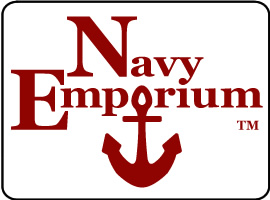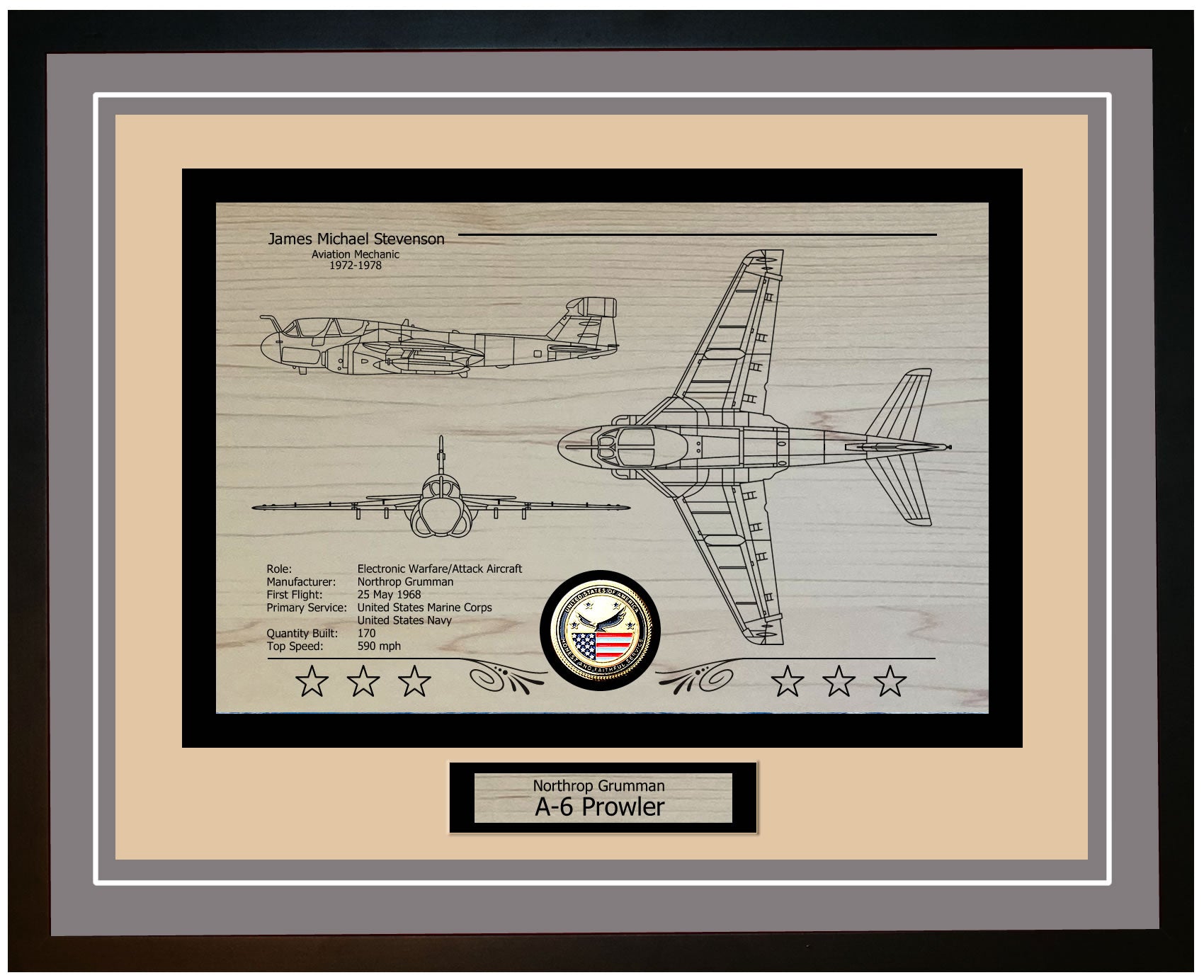The USS Namakagon (AOG 53) was a gasoline tanker of the Patapsco class, built for the United States Navy near the end of World War II. The ship’s keel was laid on July 7, 1944, at Cargill Inc. in Savage, Minnesota, and it was launched on September 16, 1944. The USS Namakagon was officially commissioned on April 17, 1945. Designed to enhance the Navy’s capabilities in the Pacific Theater, the ship played a vital role in ensuring the continued flow of fuel and supplies, crucial for sustaining naval operations in the region.
Named after the Namakagon River in Wisconsin, a tributary of the St. Croix River, the ship’s name reflects the geographical and cultural significance of American rivers and lakes, embodying the Navy’s respect for heritage. The name "Namakagon" itself means "place of the sturgeon," linking the ship to both local tradition and natural resources.
The USS Namakagon was purpose-built to transport gasoline and petroleum products safely and efficiently. Measuring 310 feet in length, with a beam of 48 feet and a draft of 15 feet, the ship was designed for optimal fuel delivery. Powered by a diesel engine, it could reach speeds of up to 15 knots. The ship was equipped with specialized tanks and pumping systems for cargo handling, as well as anti-aircraft guns for protection during its refueling missions.
The USS Namakagon’s impact on the US Navy was crucial, particularly in its role of supporting naval operations through fuel transportation. Refueling ships enabled naval vessels to carry out extended missions, especially in remote or contested areas where resupply was difficult. The ship's ability to deliver essential fuels, such as aviation fuel and gasoline, ensured fleet readiness and sustained operations, highlighting the importance of logistical support in military strategy.
Part of the Patapsco class of gasoline tankers, the USS Namakagon was specifically designed to meet the fuel transportation needs during World War II. These versatile ships could operate in various environments, from open seas to coastal waters, and their primary mission was to deliver petroleum products to vessels and shore facilities. The USS Namakagon’s service in the Pacific Fleet was pivotal, supporting prolonged naval missions, assisting in the occupation of Japan, and facilitating the return of American troops. Its operations underscored the significance of auxiliary vessels in maintaining fleet sustainability and operational dominance.
The USS Namakagon’s historical service serves as a testament to the importance of logistical support in naval warfare, ensuring that the fleet remained operational and able to achieve strategic objectives throughout the Pacific Theater.
Steel Guardian of the Seas: Unveiling the Structure, Technology, and Armament of USS Namakagon AOG-53
The USS Namakagon (AOG 53) was a gasoline tanker of the Patapsco class, specifically designed to transport fuel to warships and remote naval stations. Its construction featured a double hull design, providing added protection against leaks and damage. Measuring 310 feet in length, 48 feet in width, and with a draft of 15 feet, the ship was capable of navigating both open seas and shallow coastal waters. When fully loaded, it displaced around 4,130 tons, making it a compact yet specialized auxiliary vessel within the U.S. Navy’s fleet.
In terms of technology, the USS Namakagon was equipped with advanced systems for its time. It was powered by a diesel-electric propulsion system, which utilized four General Motors 12-278A diesel engines to drive generators. These generators, in turn, powered two motors connected to the ship's screws, allowing it to reach speeds of approximately 15 knots. The ship also featured sophisticated fuel handling and pumping systems, which enabled safe and efficient transfer of gasoline to other vessels even while in motion.
The USS Namakagon's armament was suited to its role as a support vessel rather than a combat ship. Its weaponry included a 3"/50 caliber gun on the bow, two 40mm Bofors anti-aircraft guns, and four 20mm Oerlikon cannons, all used to defend the ship against enemy threats. These weapons were operated by the crew to ensure the ship's protection during refueling operations, which could leave it vulnerable to attacks.
In addition to its armament, the USS Namakagon was equipped with radar and sonar systems to enhance its defense capabilities. The radar system allowed the ship to monitor airspace and the sea surface, providing early warnings of aircraft or ships in the vicinity. The sonar system was designed to detect underwater threats, such as submarines. These technological systems worked together to ensure the Namakagon could perform its mission effectively while maintaining the necessary self-defense measures.
USS Namakagon AOG-53 Crew Member Reports of Time Aboard
The USS Namakagon (AOG-53) holds a special place in the hearts of its former crew members, as evidenced by the heartfelt memories shared in its guestbook. One such memory comes from Sam Vallance, who served aboard the vessel in 1956 as a Seaman (SN). Vallance fondly recalls his time on the ship, highlighting the camaraderie and friendships formed during his service. He specifically mentions another seaman, Jim Hitchcock from Texas, who was also part of the deck crew, affectionately referred to as "deck apes." Vallance's reflection is tinged with nostalgia, as he cherishes the wonderful memories from his time aboard the Namakagon.
Interestingly, Vallance also points out a minor error on the guestbook site, noting that the ship's name is misspelled as "Namakogon" instead of the correct "Namakagon." This attention to detail underscores the pride and connection he feels towards the ship and its history. After his time on the Namakagon, Vallance continued his naval career, eventually retiring in 1978 as a Chief Cryptologic Technician (CTRC), a testament to his dedication and service.
These shared memories provide a glimpse into the daily life and experiences of those who served on the USS Namakagon, highlighting the strong bonds formed and the lasting impact of their service.
USS Namakagon AOG-53: Evolution of a Fleet Fueler and Its Enduring Legacy
The USS Namakagon (AOG 53) underwent significant upgrades throughout its years of service, ensuring its continued importance to the U.S. Navy. Commissioned in 1945 as a gasoline tanker, the vessel was initially equipped to safely transport fuels. Over time, the Namakagon received various technological enhancements, such as improved fuel handling systems, advanced navigation tools, and upgraded communication systems. These updates not only extended the ship's service life but also boosted its safety and efficiency, allowing it to meet the evolving demands of modern naval missions.
The primary mission of the USS Namakagon was to transport and deliver gasoline and other petroleum products to naval vessels and shore installations. This role was especially crucial during times of conflict, when a stable and reliable fuel supply was essential for sustaining fleet operations. The ship's versatility allowed it to operate in both open seas and coastal waters, making it a valuable asset in a variety of operational environments. Additionally, the Namakagon was equipped to refuel ships at sea, significantly extending the operational range and endurance of the fleet.
The USS Namakagon made a substantial impact on the U.S. Navy fleet throughout its service. It played a key role in numerous operations, including post-World War II duties, the Korean War, and the Vietnam War. Its dependable fuel delivery ensured that combat and support vessels could maintain their operational pace without disruption. The ship's presence in strategic zones highlighted its importance, providing vital logistical support that was essential for the success of naval missions. Its safe and efficient fuel delivery, even in challenging conditions, underscored the critical role auxiliary vessels play in supporting naval combat operations.
In addition to its combat-related duties, the USS Namakagon also contributed significantly to peacetime activities, such as training exercises and humanitarian efforts. Its versatility and reliability made it a valuable resource for training naval personnel, helping sailors develop expertise in fuel logistics. The ship's participation in various missions demonstrated the Navy's commitment to stability and assistance, showing how adaptable the vessel was to a wide range of tasks beyond its primary fueling function.
Through upgrades, enhanced mission capabilities, and valuable contributions to both combat and peacetime operations, the USS Namakagon left a lasting legacy as an integral component of the U.S. Navy's success.
USS Namakagon AOG-53: Fueling Valor Across the Waves
The USS Namakagon (AOG 53) played a crucial support role for the United States Navy, particularly during the Korean War and the early years of the Cold War. Launched in 1945, the vessel's primary responsibility was transporting gasoline and other petroleum products to naval bases and ships at sea. This essential task ensured that the fleet remained ready and operational, even in distant and forward-deployed areas. By delivering fuel to combat zones and providing supplies to vessels, the Namakagon played a key part in maintaining the Navy's combat capabilities without any hindrances.
During the Korean War, the USS Namakagon was stationed in the Western Pacific region, where it provided vital fuel supplies to United Nations forces. The ship’s operations were critical for sustaining the mobility and effectiveness of air units involved in the conflict. Despite navigating waters riddled with mines and facing potential threats from enemy attacks, the Namakagon's crew successfully completed their missions, demonstrating remarkable resilience and commitment to their duties.
Throughout the 1950s and early 1960s, in addition to its combat support roles, the USS Namakagon participated in various peacetime activities, including training exercises and fleet maneuvers. These operations were vital for maintaining Navy readiness during the Cold War era. The ship served in locations across the Pacific, including Japan, the Philippines, and the remote Pacific Trust Territories, where its missions not only provided logistical support but also showcased American naval strength to deter potential threats.
The exceptional service of the USS Namakagon did not go unnoticed. The ship and its crew received several honors for their contributions, including the Korean Service Medal with two battle stars, the United Nations Service Medal, and the National Defense Service Medal. These accolades underscore the Namakagon's vital role in Navy operations and its broader contributions to upholding stability during a period of intense geopolitical challenges.
The enduring legacy of the USS Namakagon (AOG 53) highlights the essential role of support vessels in ensuring the efficiency and sustainability of naval operations, further solidifying its place in the history of the United States Navy.
USS Namakagon AOG-53 Ship Specifications
| Specification | Details |
|---|---|
| Class | Patapsco Class Gasoline Tanker |
| Commissioned | June 15, 1945 |
| Displacement | 4,130 tons |
| Length | 310.8 feet |
| Beam | 48.5 feet |
| Draft | 15.5 feet |
| Speed | 15.5 knots |
| Complement | 131 |






